Editors’ Picks




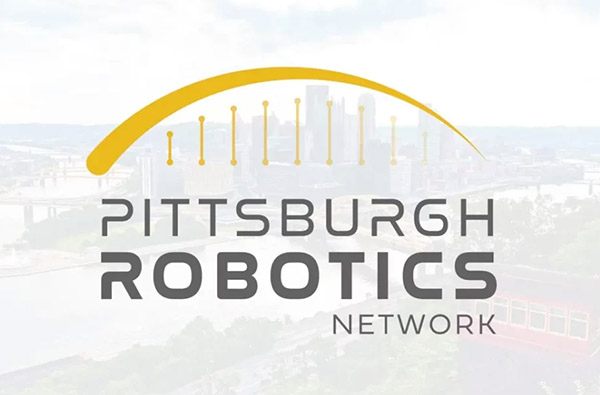
Found in Robotics News & Content, with a score of 19.07
…Pittsburgh Robotics Network represents the companies and leaders who make up the Pittsburgh robotics ecosystem, which is anchored by Carnegie Mellon University and driven by 130+ robotics organizations, including the world’s leaders in autonomous vehicle development. The organization said its mission is to accelerate the adoption of robotics by bridging this large and dynamic community and the world. The PRN make connections, expands collective knowledge, and works to positively influence the advancement of robotic and artificial intelligence.

Found in Robotics News & Content, with a score of 26.45
…17-year tenure as a scientist and senior engineer at Carnegie Mellon University’s Robotics Institute and holding the position of CEO at Kaarta. He has also worked in technology leadership roles at PRI Automation, Color Kinetics (acquired by Philips), and MC10. The Robotics Factory, under the leadership of Innovation Works and with four-year support from the EDA, will operate a series of interrelated programs. These are designed to stimulate the development and growth of startups in the robotics sector, focusing on creating solutions for industry-identified challenges, accelerating startups, and scaling up manufacturing. “I am honored to join the exceptional team at…

Found in Robotics News & Content, with a score of 26.60
New research out of Carnegie Mellon University's School of Computer Science seeks to teach robots to grasp the ungraspable by turning the challenge on its side. Wenxuan Zhou, a Ph.D. student in the Robotics Institute working with Assistant Professor David Held, used artificial intelligence to teach a robot to pick up an item by pushing it against something and grasping it on its side. Her work enables a simple robot gripper to pick up hard-to-grasp objects and to manipulate them in ways that only more complex — and expensive — robotic hands could “We wanted to find a way to…
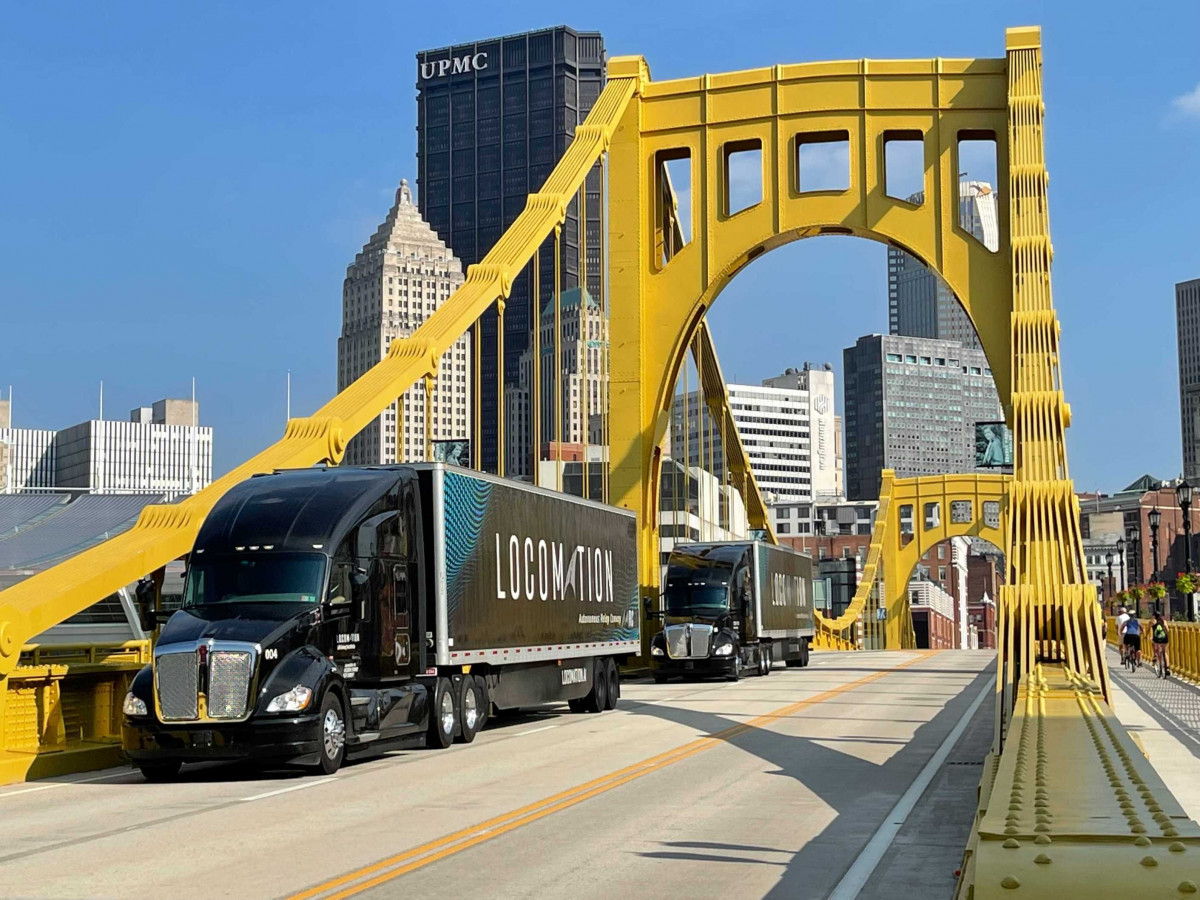
Found in Robotics News & Content, with a score of 35.89
…the company began offering ride-along demos of its technology to stakeholders and members of the media. Born out of Carnegie Mellon University’s National Robotics Engineering Center in 2018, Locomation is developing the Autonomous Relay Convoy System. The system involves two trucks – a lead truck driven by a human driver and a follower truck operating autonomously through ARC’s linked technology. The Times reported that the company currently has about 80 employees, who primarily operate out of the company’s Lawrenceville headquarters. Editor's note: This story has been updated to include comments CEO Cetin Meriçli provided to FreightWaves.

Found in Robotics News & Content, with a score of 16.84
…up the Pittsburgh robotics ecosystem, which is anchored by Carnegie Mellon University. It includes more than 130 robotics organizations developing applications for over 12 commercial industry sectors. The PRN said it mission is “to accelerate the adoption of robotic solutions by bridging this large and dynamic community, to the world.” The organization provides connections and works to expand collective knowledge and to advance robotic and artificial intelligence. xBridge and Future Travel Experience team to advance aviation Launched in 2020, xBridge is Pittsburgh International Airport’s proving ground for technologies and startups. The proof-of-concept and pilot site showcases new technologies in a…
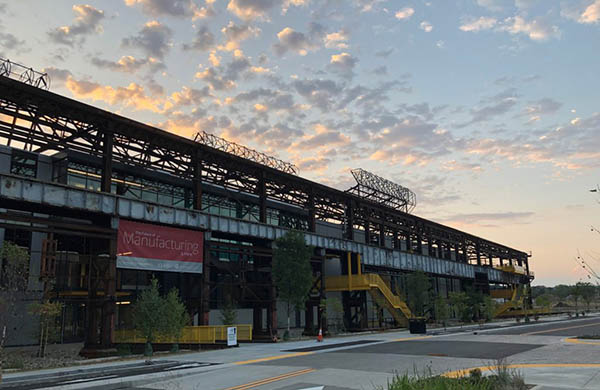
Found in Robotics News & Content, with a score of 19.57
…Technologies Principal Investigator: Raytheon Technologies Research Center Project Team: Carnegie Mellon University, Wason Technology LLC, and Collins Aerospace Project Description: Lightweight carbon fiber reinforced thermoplastic composites (CF-TPCs) are internationally recognized as a material capable of meeting the future aerospace market high-rate demands and providing sustainability benefits. One key contributor to the rapid manufacturing rate of CF-TPCs is its capability to be welded instead of using traditional time-consuming adhesive bonding and or mechanical fastening. Currently, three heat generation methods dominate the application and development of welding TPC; however, currently these are mostly not accepted for complex aircraft structures. This project seeks…
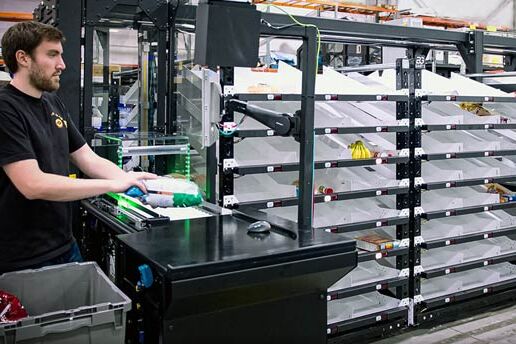
Found in Robotics News & Content, with a score of 12.66
…and automation. He was previously a research scientist at Carnegie Mellon University and iRobot. “I'm an engineer by training and have been working on putting computer vision in things that fly, drive, or have arms for 25 years,” said Geyer. “I'm part of the interface between engineering, sales, and marketing.” Demographics and supply chain shifts We've heard a lot about the labor shortage being the biggest challenge for supply chains. How does that help or hurt robotics? Geyer: Companies are looking at their strategies and are seeing the demographics. Boomers are retiring, birth rates are plummeting, and even now, customers…

Found in Robotics News & Content, with a score of 12.29
…up the Pittsburgh robotics ecosystem, which is anchored by Carnegie Mellon University (CMU) and incudes more than 130 robotics organizations. The organization said its mission to accelerate robotics adoption by connecting this community to the world. The PRN makes connections, expands collective knowledge, and tries to positively influence the advancement of robotic and artificial intelligence. About the Southwestern Pennsylvania New Economy Collaborative The Southwestern Pennsylvania New Economy Collaborative was formed to apply for the Build Back Better Regional Challenge, the initiative of the U.S. Economic Development Administration’s American Rescue Plan programs, which aim to boost economic recovery from the pandemic…
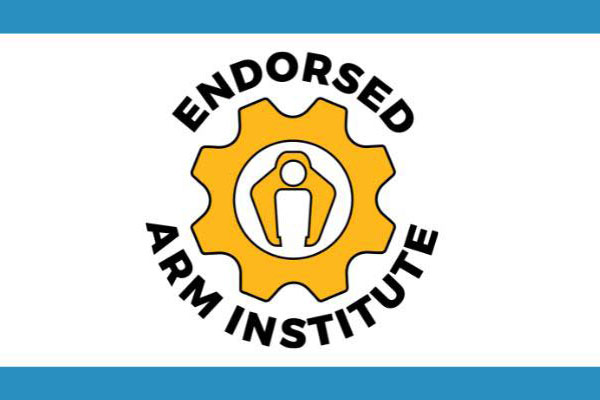
Found in Robotics News & Content, with a score of 16.42
…Institute has also endorsed programs at the following organizations: Carnegie Mellon Robotics Academy, Clover Park Technical College, Community College of Allegheny County (CCAC), Fortress Academy, Horizon Science Academy Columbus High School (HSA), and the National Coalition of Certification Centers (NC3). It has also endorsed programs at Universal Robots, the University of Maryland, the University of Washington, Wichita State University Campus of Applied Sciences and Technology (WSU Tech), and Wichita State University, Department of Engineering Technology. About RoboticsCareer.org RoboticsCareer.org supports U.S. workers through each stage of their professional lives – from students exploring career options to incumbent workers looking to take…
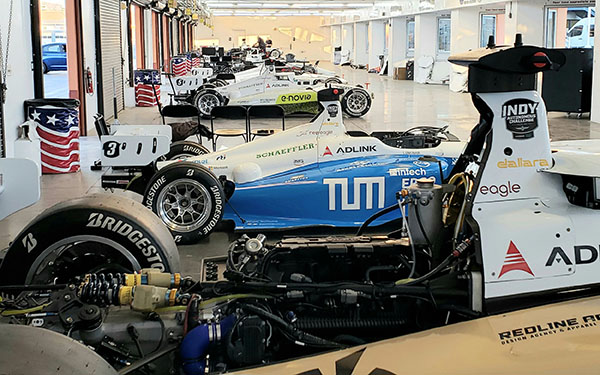
Found in Robotics News & Content, with a score of 14.91
…of Hawai'i, with the University of California, San Diego; Carnegie Mellon University (Pennsylvania); and the University of California, Berkeley Autonomous Tiger Racing (ATR) – Auburn University (Alabama) Black & Gold Racing – Purdue University (Indiana) and the U.S. Military Academy at West Point (New York) Cavalier Autonomous Racing – University of Virginia KAIST—Korea Advanced Institute of Science and Technology (South Korea) MIT-PITT-RW—Massachusetts Institute of Technology (Massachusetts), University of Pittsburgh (Pennsylvania), Rochester Institute of Technology (New York), University of Waterloo (Canada) PoliMOVE—Politecnico di Milano (Italy), University of Alabama, which won last January's challlenge at CES. It also won the Indy Autonomous…
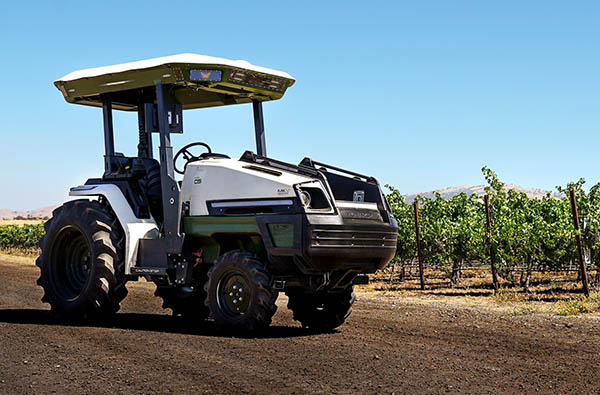
Found in Robotics News & Content, with a score of 11.93
…chief, as president; Zachary Omohundro, a robotics Ph.D. from Carnegie Mellon University, as chief technology officer; and Carlo Mondavi, from the Napa Valley Mondavi winery family, as chief farming officer. Founder Series MK-V features Using a Monarch MK-V instead of a comparable diesel tractor can reduce emissions equivalent to removing 14 passenger vehicles from the road, according to Monarch Tractor. Considering nearly 25% of global emissions result from agriculture, the new tractor could help reduce emissions at scale in an industry that has been historically difficult to decarbonize, it added. “With precision ag, autonomy, and AI, data will decrease the…
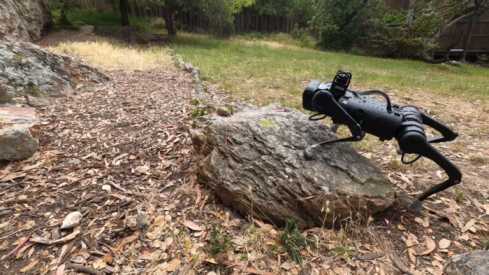
Found in Robotics News & Content, with a score of 16.58
Researchers at Carnegie Mellon University’s School of Computer Science and the University of California, Berkeley, have designed a robotic system that enables a low-cost and relatively small legged robot to climb and descend numerous obstacles. The robot can travel up and down stairs nearly its own height. It can also traverse rocky, slippery, uneven, steep and varied terrain. In addition, the robot can walk across gaps, scale rocks and curbs, and even operate in the dark. “Empowering small robots to climb stairs and handle a variety of environments is crucial to developing robots that will be useful in people’s homes…



